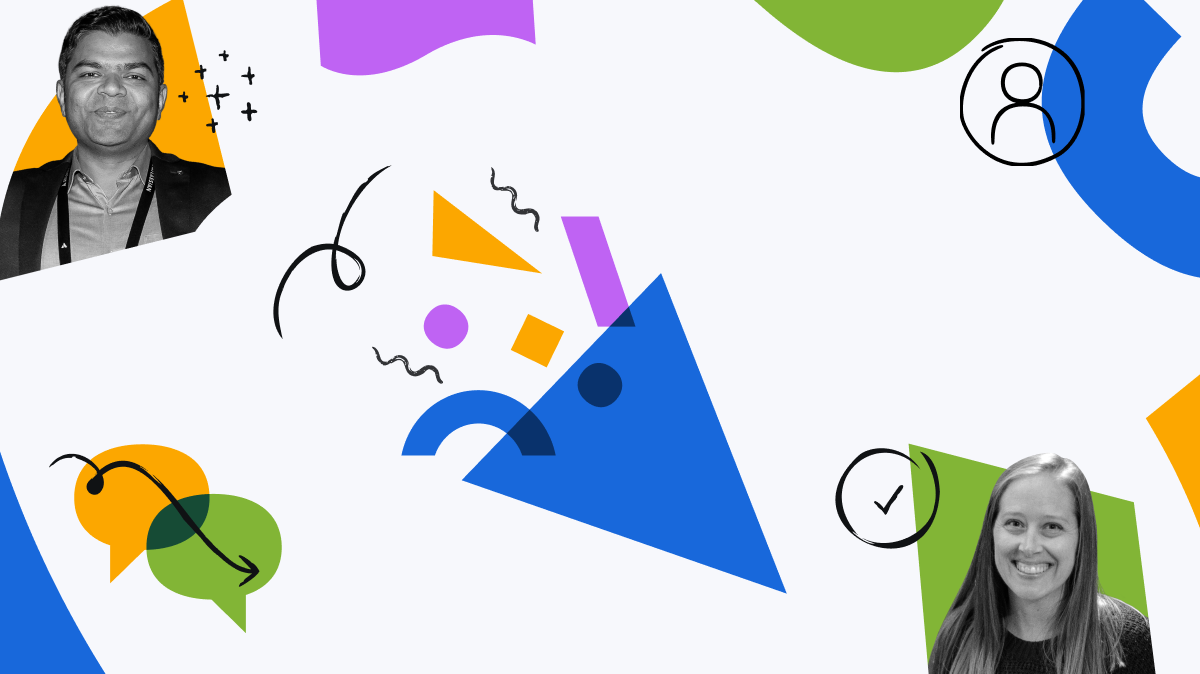Community resources
Community resources
Community resources
How can we setup Jira properly for our situation in our software development team?

We are a software development company. We have a team consisting of design, frontend, backend. We work with projects, epics, user stories, tasks and subtasks (in that order in terms of hierarchy). We work with sprints (2 weeks).
What is the best way to approach this? Is there maybe a template for this?
I've tried the kanban template, which looks good. I'm able to create epics. Per epic I can create user stories (=child issues). But when I then want to create child issues for a user story, I only get the option to create a subtask and I can't link a team to that sub-task. In other words, I'm missing the task level in my board. The subtasks would be preferabally only for the developer to cut his/her work in pieces.
Example:
- Epic: Improve login system
- User story: As a user, I want to be able to login using a magic link
- Task: Implement magic link functionality (frontend)
- Subtask: ...
- Subtask: ...
- Task: Create email template (backend)
- Subtask: ...
- Subtask: ...
- Task: Implement magic link functionality (frontend)
- User story: As a user, I want to be able to login using a magic link
Is this possible in Jira?
1 answer

hey @Joeri Stouten,In Jira, the hierarchy you want to achieve (Epic > User Story > Task > Subtask) can be implemented, but with some adjustments. Here's how you can configure your Jira to best match your team's workflow:
Hierarchy and Board Configuration
- Epic Level
- The Epic is a high-level work item that can be created and tracked on a Scrum or Kanban board.
- In the Kanban or Scrum board, the Epic will appear in the Epic panel.
- User Story Level
- User Stories can be created as child issues of the Epic. Jira natively supports this hierarchy.
- The user story describes a feature or a requirement from the perspective of the end-user.
- Task Level
- By default, Jira considers Tasks and User Stories to be on the same hierarchy level.
- To differentiate tasks as a child of a user story, you can either:
- Use standard issue linking: You can manually link tasks to a user story using "relates to," "blocks," or other links, but this won't show a strict hierarchy.
- Use subtasks for smaller items, but this won't separate tasks and user stories easily.
- Subtasks
- Subtasks are linked directly to their parent tasks or user stories. In your case, the developers could break down their tasks into multiple subtasks.
Solution to Achieve Your Structure
If you want to introduce a Task level between User Stories and Subtasks, Jira natively doesn't allow more than the Epic > Issue > Subtask hierarchy. However, there are a few workarounds:
- Create a Custom Issue Type for Tasks
- You can create a new custom issue type called "Task" and make it the child of User Stories. However, these will technically still be on the same level as Subtasks in Jira’s hierarchy.
- In Jira, you can't nest issue types beyond the Epic > Issue > Subtask hierarchy without plugins.
- Use an App like "Structure" or "Advanced Roadmaps"
- Tools like Structure (or Advanced Roadmaps if you’re using Jira Premium) allow you to build custom hierarchies. You can create a custom level between User Stories and Subtasks called Task, allowing more flexibility in your hierarchy.
Board Configuration
- Create an Issue Type Scheme
- Create an issue type scheme that includes Epic, User Story, Task, and Subtask.
- Ensure that these issue types are available in the project where you are using your board.
- Set up Board Filters
- Configure the board filters so that Tasks (and not subtasks) appear on the board. Subtasks should only be visible in the context of the parent issue.
- Use Workflow Schemes:
- You can set different workflows for Tasks and Subtasks, where subtasks are managed separately and can be assigned to individual team members.
Example Hierarchy
- Epic: Improve login system
- User Story: As a user, I want to log in using a magic link.
- Task (custom issue type): Implement magic link functionality (frontend).
- Subtask: Develop frontend login form.
- Subtask: Implement frontend validation.
- Task: Create email template (backend).
- Subtask: Create email HTML template.
- Subtask: Implement backend email logic.


You must be a registered user to add a comment. If you've already registered, sign in. Otherwise, register and sign in.